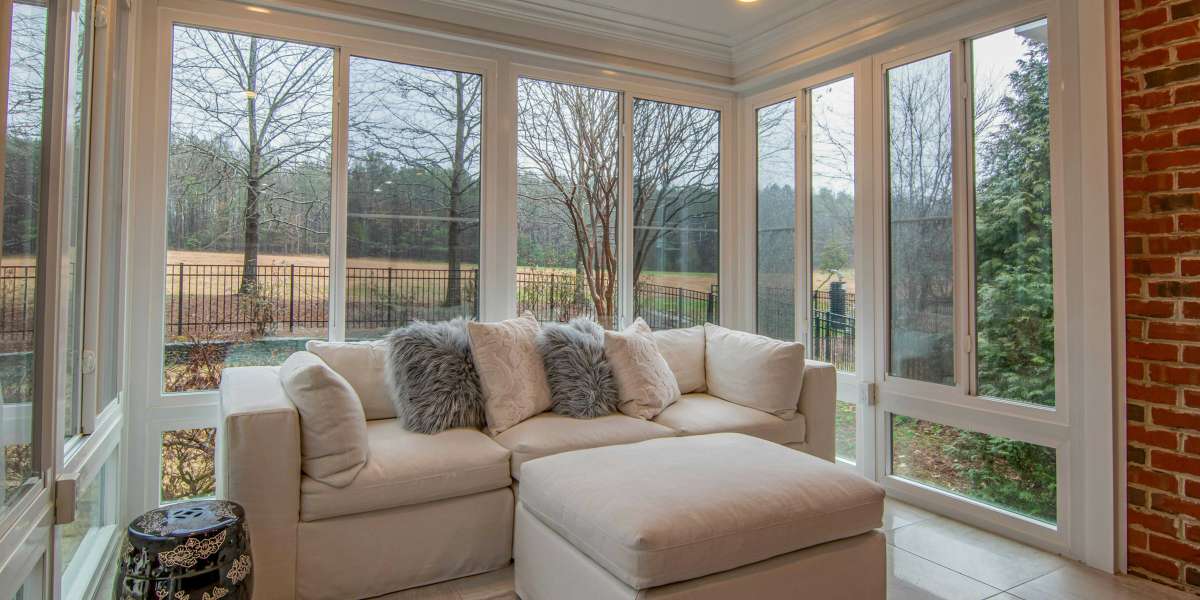Natural light is a valuable asset in any home, providing warmth, ambiance, and energy savings. Skylights offer an effective way to enhance natural light levels and create bright, inviting spaces. However, proper placement of skylights is essential to maximize their benefits and avoid potential drawbacks. In this article, we explore skylight placement strategies to help homeowners optimize natural light in their living spaces, considering factors such as orientation, size, and function.
Understanding the Benefits of Skylights: Illuminating Interior Spaces
Skylights serve as architectural features that allow natural light to penetrate interior spaces from above. Beyond brightening rooms and reducing reliance on artificial lighting, skylights can also improve indoor air quality and provide visual connections to the outdoors. By strategically placing skylights, homeowners can transform dark or poorly lit areas into vibrant, sunlit environments that enhance comfort and well-being.
Orientation Matters: Maximizing Sun Exposure
The orientation of skylights plays a crucial role in determining their effectiveness in capturing natural light. In northern hemispheres, south-facing skylights receive the most sunlight throughout the day, providing consistent illumination and warmth. East-facing skylights capture morning sunlight, while west-facing skylights are ideal for afternoon sun exposure. By aligning skylight placement with the path of the sun, homeowners can optimize natural light levels and minimize glare and heat gain.
Considerations for Size and Placement: Balancing Light and Heat
When determining the size and placement of skylights, it's essential to strike a balance between maximizing natural light and minimizing potential drawbacks such as heat gain and glare. Larger skylights allow more light to enter but may also increase solar heat gain, especially in warmer climates. Placing skylights strategically, such as near reflective surfaces or with shading devices, can help mitigate these effects and maintain thermal comfort indoors.
Functional Considerations: Integrating Skylights with Interior Design
In addition to considering sun exposure and size, homeowners should also take into account the functional aspects of skylights and their integration with interior design elements. Skylights can serve multiple purposes beyond providing light, such as ventilation, views, and architectural focal points. By aligning skylight placement with functional needs and aesthetic preferences, homeowners can enhance both the practicality and visual appeal of their living spaces.
Exploring Home Improvement Solutions
In conjunction with skylight installation, homeowners may consider other home improvement projects to enhance the aesthetics and functionality of their homes. Stucco removal, for example, can transform the exterior appearance of a home, creating a clean, modern look and allowing for the installation of new siding or exterior finishes. Explore options for stucco removal cost at Renovated Home, where you can find resources and professionals to assist with this renovation project.
Conclusion: Illuminating Living Spaces with Skylights
In conclusion, skylights offer a versatile and effective solution for enhancing natural light levels in residential interiors. By carefully considering factors such as orientation, size, placement, and function, homeowners can harness the power of natural light to create bright, inviting living spaces that promote comfort, well-being, and energy efficiency. Through thoughtful integration with interior design elements and complementary home improvement projects like stucco removal, homeowners can elevate the aesthetic and functional qualities of their homes while enjoying the benefits of abundant natural light.



